Purchasing a home is an exciting milestone, but it comes with various expenses beyond the purchase price. Closing costs play a significant role in finalizing the transaction. Understanding these costs can help you budget effectively and prepare for a smooth transition into homeownership. By breaking down the elements that contribute to closing costs, you can approach the process with confidence and clarity.

Breakdown of Typical Closing Costs
Closing costs refer to the collective expenses and fees paid at the end of a real estate transaction to finalize the transfer of ownership. These costs typically range from 2% to 5% of the home’s purchase price, but they can vary based on factors like location, loan type, and negotiation terms. Common components include lender fees, title services, and prepaid costs.
Lender fees cover services such as loan origination, underwriting, and document preparation. Buyers may also encounter costs for appraisal services, which confirm the property’s value, and credit reports, which verify the borrower’s financial history. Title services ensure the property’s ownership is clear of disputes and often include title insurance to protect against future claims.
Prepaid costs are another significant category, encompassing property taxes and homeowners’ insurance premiums. These amounts are often placed into escrow to ensure timely payments after closing. Buyers should also be prepared for government-related charges, such as recording fees, which document the property transfer with local authorities.
Buyers should carefully review their Loan Estimate, a document provided by lenders that outlines anticipated closing costs. By understanding these details, buyers can budget accurately, avoid surprises, and ensure a seamless closing process.
Understanding Escrow and Its Role in Closing Costs
Escrow is an essential part of the home-buying process. It acts as a neutral third party to hold funds and documents during the transaction. This arrangement ensures that all conditions of the sale are met before the final transfer of ownership. Escrow fees are typically shared between the buyer and seller and can vary based on location and the provider’s rates.
In most transactions, escrow accounts are also used to manage ongoing payments for property taxes and homeowners’ insurance. At closing, buyers may need to prepay several months’ worth of taxes and insurance premiums to establish this account. Prepaid amounts provide new homeowners with funds to meet upcoming obligations when they are due.
Escrow services often include fees for managing the transaction and facilitating the distribution of funds. These costs are detailed in the closing disclosure, allowing buyers to review and confirm the amounts before finalizing the purchase.
Understanding how escrow works and what it costs is vital to a successful closing. By reviewing all associated charges and clarifying any uncertainties, buyers can approach the process with confidence and ensure a secure transaction for all parties involved.
Lender Fees: What Buyers Need to Know
Lender fees represent a significant portion of closing costs and can vary widely depending on the lender and loan type. These fees typically include loan origination charges, which cover the cost of processing the mortgage application, and underwriting fees, which compensate the lender for evaluating the borrower’s creditworthiness and financial stability.
Another common expense is discount points, which allow buyers to lower their mortgage interest rate by paying an upfront fee. While this can result in long-term savings, it requires an additional investment at closing. Buyers may also encounter charges for services like credit report reviews, flood certifications, and document preparation.
Buyers should closely examine the Loan Estimate provided during the mortgage application process to better understand lender fees. This document outlines the expected costs and allows borrowers to compare offers from multiple lenders. Opting for a lender with competitive fees and favorable loan terms can significantly improve overall affordability.
Lender fees are critical to the home-buying process, but careful planning and comparison shopping can help buyers minimize these costs while securing a loan that aligns with their financial goals.
The Role of Title Services in Closing Costs
Title services play a crucial role in ensuring a smooth and legally sound property transfer. These services include a title search, which investigates the property’s history to confirm that the seller has a clear and legal right to transfer ownership. This step protects buyers from potential disputes, such as unpaid taxes, liens, or claims from previous owners.
Title insurance is another key component, offering protection against future challenges to ownership. Buyers typically purchase an owner’s policy to safeguard their investment, while lenders require a separate policy to protect their interests in the loan. These one-time premiums are included in the closing costs.
Other charges may include fees for recording the title with local government offices and notary services required to finalize the transaction. In some cases, buyers may also be responsible for courier fees if physical documents are sent between parties.
Understanding the costs and purpose of title services is essential for buyers. These measures protect against legal and financial risks, providing peace of mind as they take ownership of their new home. By carefully reviewing title-related expenses, buyers can ensure they’re well-prepared for this critical aspect of the closing process.
Prepaid Expenses and Prorations
Prepaid expenses and prorations are common elements of closing costs. They allocate costs between buyers and sellers and establish financial readiness for new homeowners. Prepaid expenses typically include the first year’s homeowners’ insurance premium and several months of property taxes. These amounts are often collected at closing to fund an escrow account, ensuring that future payments are made on time.
Prorations, on the other hand, adjust for costs that the seller has already paid or will owe. For example, if the seller has paid property taxes in advance, the buyer reimburses their share for the period after closing. Similarly, prorations may apply to homeowner association dues or utility charges, ensuring a fair division of expenses.
Understanding prepaid expenses and prorations is vital for accurate budgeting. While these costs can add up, they serve an essential purpose in ensuring a smooth transition of ownership. Reviewing these charges during the closing process can help buyers
How to Prepare for Closing Costs
Preparing for closing costs involves thorough planning and careful review of all related expenses. Buyers should start by examining the Loan Estimate provided by their lender, which outlines the anticipated costs associated with the transaction. Comparing multiple estimates can help identify competitive offers and reduce overall expenses.
It’s also wise to set aside additional funds beyond the estimated closing costs to cover any unexpected fees. Buyers may negotiate with sellers to contribute to closing costs, particularly in a buyer’s market where sellers are more likely to offer concessions. Additionally, researching down payment assistance programs or lender credits can help offset these expenses.
Being proactive and informed allows buyers to approach closing day with confidence. By understanding the potential costs and taking steps to minimize them, buyers can ensure a smoother and more financially manageable transition into homeownership.
Contact Me to Take the Next Step
Closing costs are an essential part of the home-buying process, and understanding them ensures a smoother transition to homeownership. When you’re ready to purchase your home, reach out to explore your options and take the next step in your real estate journey. Let’s work together to make your goals a reality.

